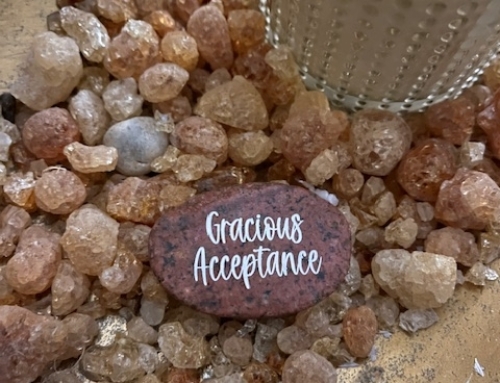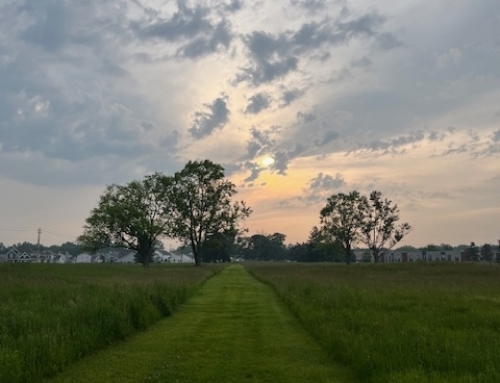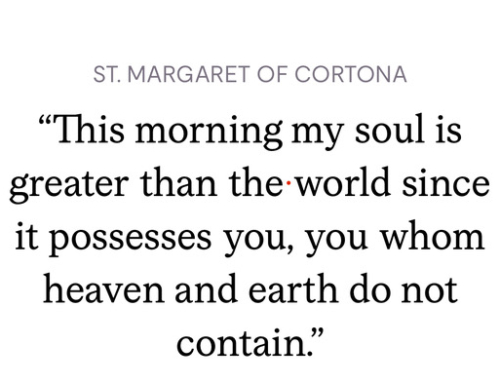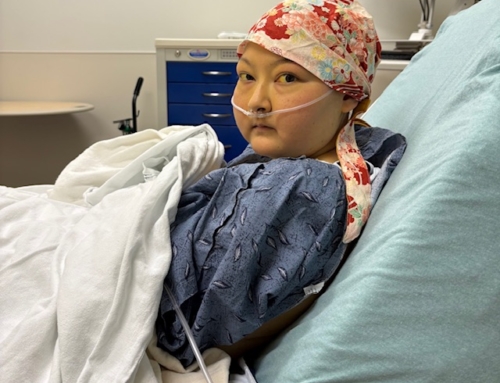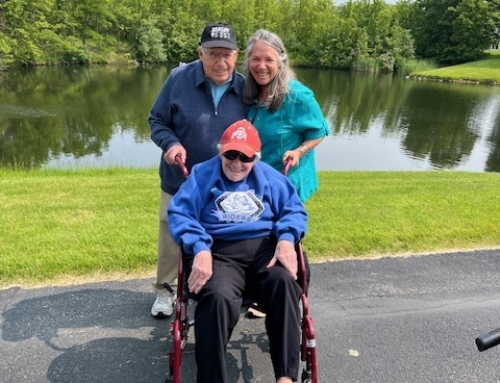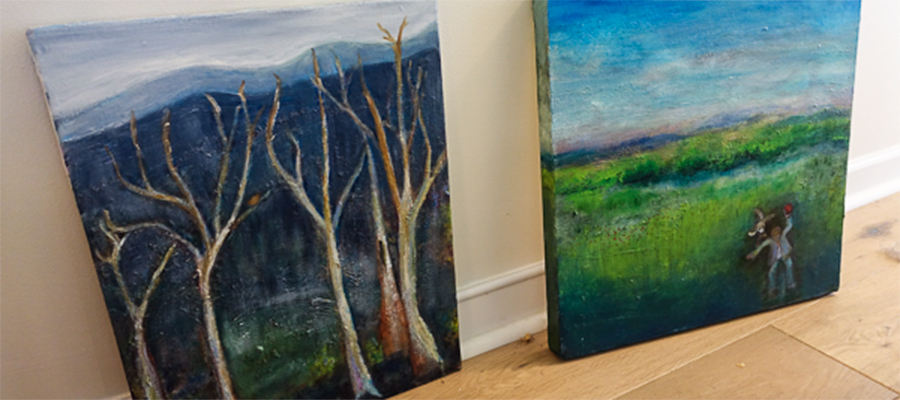
Good morning…
I wake convicted of my unintended error. One sentence from yesterday’s post is mistaken, misguided, misleading. I was wrong to write: “To forgive even the worst offender, we commit to not talk badly about the person, we commit to not think badly about the person, we commit to pray for the person, “letting it all be” in the care of our Creator, and we trust God to birth in us the feeling of forgiving love, over time and in God’s way.” Writing this sentence, I was wrong.
I simplified the personal, painstaking pathway emerging before author Paula D’Arcy’s feet (see her path in How Do We Forgive?) and I made it a prescription for all of us seeking the freedom of forgiveness. As if lining up boxes to check off one by one, I laid out a neat path through excruciating pain. Commit to not talk badly. Check. Commit to not think badly. Check. Commit to pray. Check. Commit to “letting it all be” in the care of our Creator. Check. Eventually feel forgiving love. Check. Writing this sentence, I was wrong.
Over the past decades, this was not the path to forgiveness emerging before my feet. For years I talked badly about my hard person, and my negativity spread in power. Repeatedly I thought badly about my hard person, and my rage reverberated. I did pray diligently, but I did not “let it all be” in the care of our Creator. I maintained control, doing damage to many with my self-protection. Truth dawns right now: Paula’s path to forgiveness was not my path, but, like Paula, I knew it was the power of Christ, the consciousness of Christ in me, that drove an ability to eventually forgive.
Now a vision from last night’s sleep pops in my head: All of the original artwork hanging in our master bath was stripped off the walls and strewn onto the floor. My husband had taken down all of the paintings, freeing up wall space, exposing the raw nails stuck in their holes. In the vision I thought to myself, “Now what do I do?” My husband’s way of feeling home is different than mine, different than yours, different than Paula’s. For him, less is more. For me, “more of the creative symbols I love” is more, as if each beautifully placed brush of paint tickles a different facet of me. God, how do these two experiences connect, my convicted error of simplifying a single path to forgiveness for all of us and my middle-of-the-night vision of our disheveled shared bathroom?
When our deep sense of home is suddenly stripped off the walls and nail holes are laid bare by a person, “Now what do I do?” is where we all crumble. Adding one single word to the sentence is our best hope, “Now what do I do, God?” Struggling onto our bare feet, our way forward gradually emerges.
Answer me when I cry out, my righteous God! Set me free from my troubles! Have mercy on me! Listen to my prayer! (Psalm 4:1, CEB).
…Sue…

